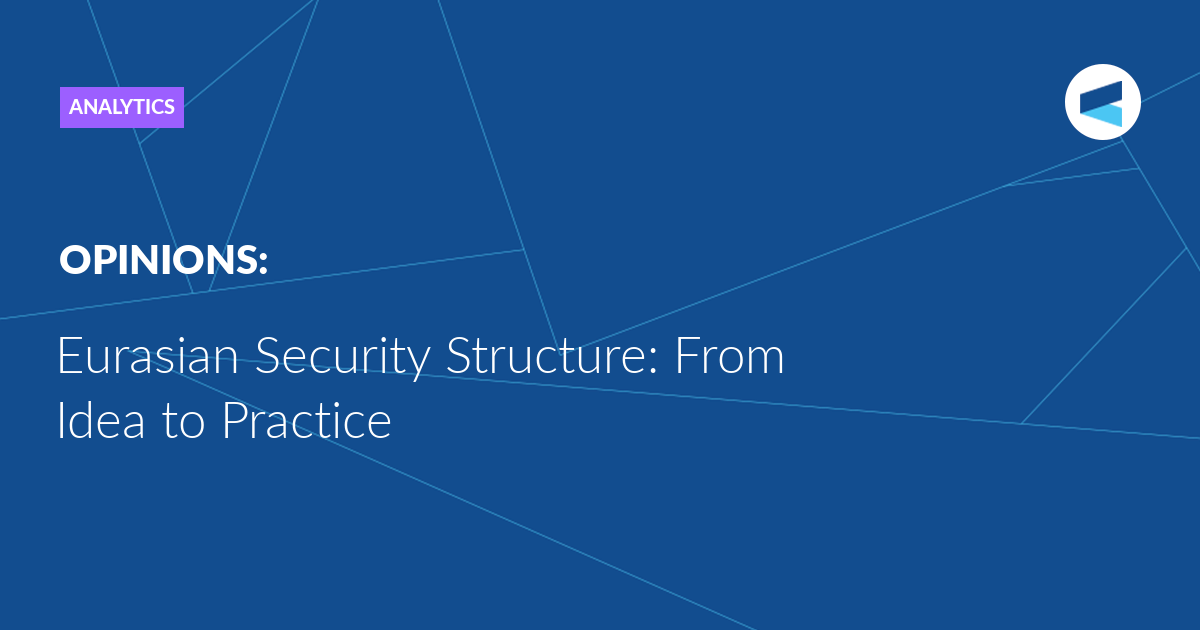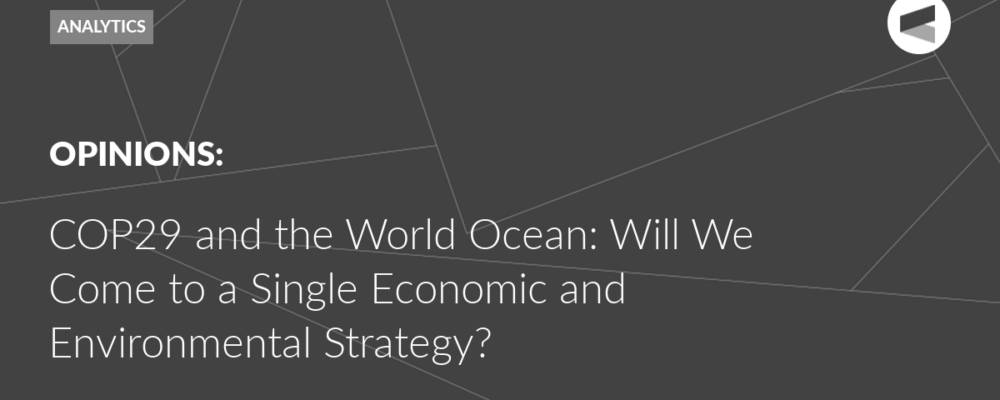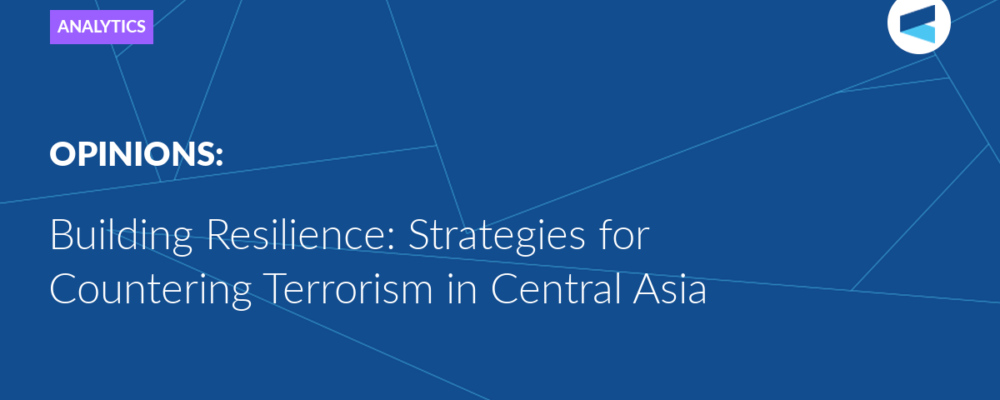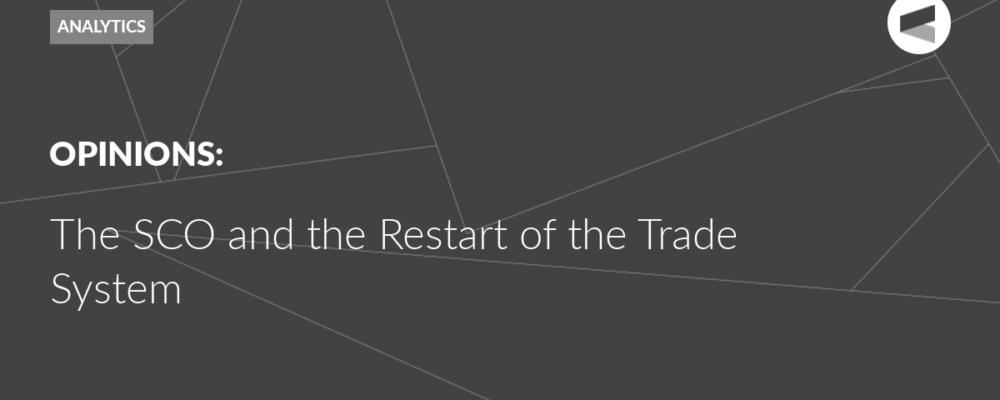On February 29, 2024, Russian President Vladimir Putin, in his state of the nation speech to the Federal Assembly, stressed the need to form a new contour of equal and indivisible security in Eurasia, as well as the country’s readiness for a substantive conversation on this topic with interested parties and associations.
Already in April, 2024, the Russian leader’s idea was being pursued during Russian Foreign Minister Sergei Lavrov’s visit to China. Russia’s top diplomat told the press about an agreement with the Chinese to begin a dialogue on the structure of security in Eurasia, a topic that was addressed during the visit. The very fact that Putin’s idea appeared on the agenda of negotiations between the two major powers suggests that it could take concrete shape, both at the level of political theory and at the level of practice.
The idea of Eurasian security inevitably raises questions about other related projects. Sergey Lavrov, during his visit to Beijing, directly linked the need for a new structure with the problems of Euro-Atlantic security built around NATO and the OSCE. References to the Euro-Atlantic experience seem important for two reasons. First, the Euro-Atlantic project is distinguished by its high level of institutional integration. In fact, it is built on the basis of a military alliance (NATO) where the members maintain strict obligations. Despite the end of the Cold War, the North Atlantic Alliance not only survived, but also expanded to include former Warsaw Pact countries. NATO is the largest and, by historical standards, an exceptionally stable military alliance.
Second, the Euro-Atlantic project after the end of the Cold War was unable to solve the problem of common and indivisible security for all countries in the region. The OSCE, in theory, could bring together both NATO countries and those which did not belong to the alliance, including Russia, into a single community. But since the beginning of the 2000s, there has been a process of politicisation of the OSCE in favour of the interests of Western countries. Russia has increasingly viewed NATO expansion as a security threat. Instruments such as the Russia-NATO Council were unable to absorb the growing contradictions. The lack of effective and equal institutions that would take into account the interests of Russia and integrate it into the common security space ultimately led to growing alienation and a crisis in relations between Russia and the West. This transition was accompanied by the degradation of the arms control regime, the erosion of the rules of the game in the field of security against the backdrop of military operations by the United States and its allies, and interference in the internal affairs of post-Soviet countries. The culmination was the Ukrainian crisis, the military stage of which finally determined the dividing lines in Europe. The Euro-Atlantic region no longer exists as a single security community. It is characterized by asymmetrical bipolarity, with the North Atlantic Alliance on one side and Russia on the other. Against the backdrop of the military conflict between Russia and Ukraine, there is an intense and growing struggle between Russia and NATO. It has not yet entered the military phase, but is characterised by many other dimensions of rivalry – from information warfare to direct and comprehensive Western military assistance to Ukraine. The Euro-Atlantic region has not experienced such crises since the end of the Cold War, which suggests that a Euro-Atlantic security system based on equal and indivisible security no longer exists. At best, we can expect a reduction in the severity of the crisis due to a new balance of power and mutual deterrence while maintaining dividing lines. At worst, we will see a direct military clash between Russia and NATO with the prospect of nuclear escalation.
The experience of the collapse of the Euro-Atlantic project determines the need to create a new structure with different principles and foundations. First of all, the new structure should be based on the interaction of several players and not be reduced to the dominance of one of them, like the US role in NATO. In this sense, it is symbolic that consultations on the Eurasian security issues began precisely between Russia and China – two major powers and permanent members of the UN Security Council. Thus, the very first steps in creating a new structure are already taking place on the principles of dialogue and the distribution of responsibility, rather than in accordance with the principle of the dominance of one power. At the same time, such steps are not limited to Russian-Chinese bilateral relations and leave wide space for the participation of other interested countries. The principle of sharing responsibility and non-dominance may become one of the key principles for the new structure.
As another principle, the idea of multidimensional security suggests itself. It is not limited to military issues (although these remain fundamental), but covers a wider range of topics, including “hybrid threats” in the form of information campaigns, digital security, interference in internal processes, and the politicisation of the economy and finance. The unresolved nature of these issues in relations between Russia and the West has become one of the predetermining factors of the current crisis. Discussions about a new security structure could include such issues early on. The principle of indivisibility of security, not implemented in the Euro-Atlantic project, can and should become key for the Eurasian structure. Here is the real, not nominal, implementation of the provisions of the UN Charter, including the principle of sovereign equality.
The start of consultations between Moscow and Beijing on issues of a new security structure, of course, does not yet indicate the creation of a military-political alliance similar to NATO. Most likely, we will see a long process of maturation of the contours and parameters of the new structure. Initially, it may well exist in the form of a forum or consultation mechanism of interested countries, not burdened with excessive organisational and institutional obligations. Individual interaction formats can then be tested against specific security issues, including, for example, digital security. The potential of already existing institutions and organisations, such as the SCO, can be used here. The accumulated experience can then be transformed into permanent institutions focused on a broader range of security issues.
An important issue of the new structure will be its functional orientation. NATO, in the past, emerged as an instrument to contain the USSR, and today the alliance has received a new life, trying to solve the problems of containing Russia. It is possible that the new security structure in Eurasia may also be tailored to the task of deterrence. Both Russia and China are in a state of rivalry and competition with the United States, although in the case of Russia, they have actually entered the open phase, and in the case of China they have not yet fully manifested themselves. At the very least, the idea of jointly countering the US finds support in both Moscow and Beijing. At the same time, building a security structure solely based on US opposition narrows the possible inclusiveness of the project. A number of Eurasian states are betting on a multi-vector policy and are unlikely to be ready to participate in a structure aimed at competing with the United States. The opposite could be a situation in which high inclusiveness will blur the security agenda and relegate it to being a general issue without calling for specific, coordinated actions. So far, many questions remain regarding the parameters of the Eurasian security structure. They will have to be resolved both at the level of diplomacy and dialogue between the international experts of the interested countries.
The Valdai Discussion Club was established in 2004. It is named after Lake Valdai, which is located close to Veliky Novgorod, where the Club’s first meeting took place.
Please visit the firm link to site






